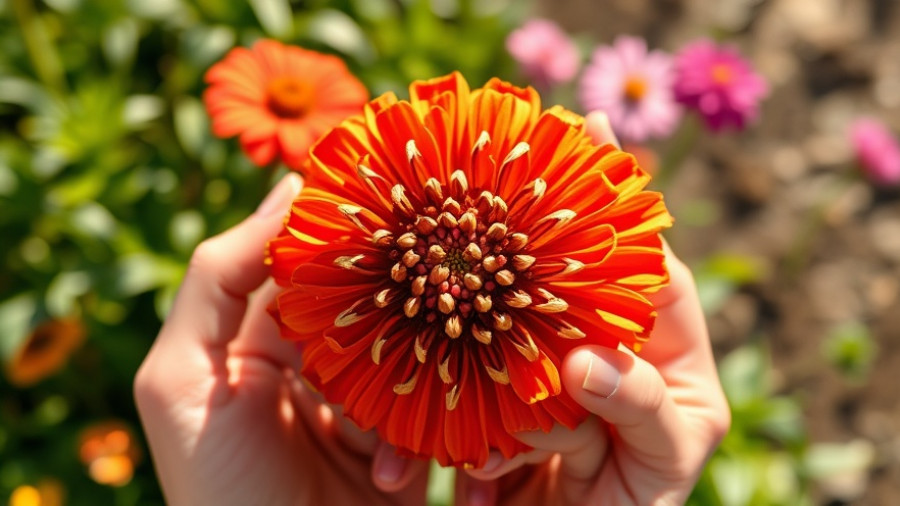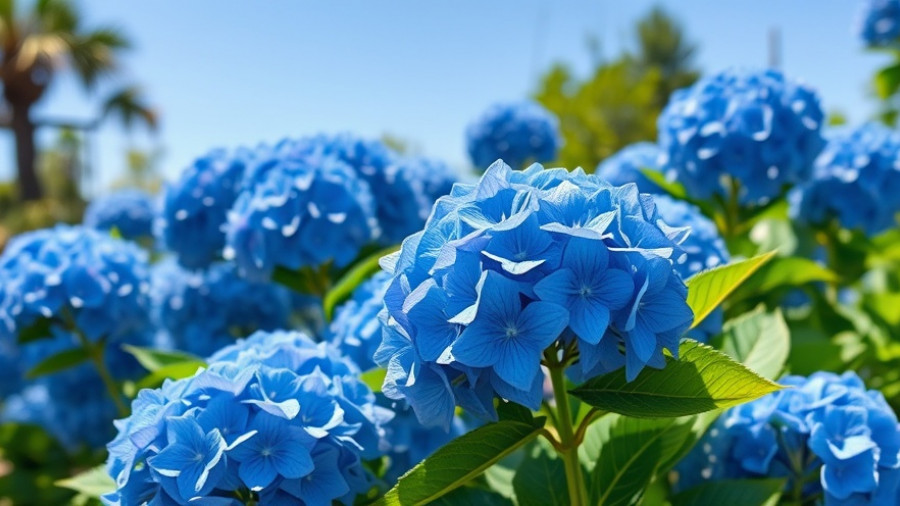
The Unexpected Partnership Between Invasive Plants and Pollinators
In the vibrant world of gardens and green spaces, the relationship between invasive plants and pollinators is both fascinating and complex. These hardy, often aggressive species can claim their space quickly, outpacing native plants. Yet, recent discussions in gardening communities are shifting. Are these invasive plants simply a nuisance, or do they play a crucial role in supporting local ecosystems, especially for pollinators like bees and butterflies?
Understanding the Basics: What Defines an Invasive Plant?
Before diving deeper into this intriguing relationship, it's essential to understand what invasive plants are. By definition, invasive plants are non-native species that have proliferated, often to the detriment of local flora. They disrupt ecosystems by monopolizing resources and space. However, this very ability to thrive may provide an unexpected benefit.
Pollinators and Their Preferences
Pollinators are critical to maintaining ecological balance. Many species, including bees, butterflies, and birds, rely on nectar and pollen from flowering plants. While garden planning often focuses on cultivating native species for these creatures, invasive plants can offer appealing traits too. For instance, some invasives bloom profusely, attracting pollinators with their abundant food sources. How can gardeners harness this knowledge for their backyard?
Case Studies: Invasive Plants in Action
Consider the case of Japanese knotweed, often vilified for overtaking native habitats. Despite its aggressive nature, it also provides nectar for various bee species early in the spring when food sources are scarce. According to studies, many birds have also adapted to utilizing invasive plants for nesting materials or food sources.
Gardening with a Purpose: Balancing Beauty and Wildlife Needs
For outdoor living enthusiasts, embracing a mix of native and non-native plants can enhance garden aesthetics while supporting local biodiversity. To transform your space responsibly, consider these garden planning tips:
- Choose a few locally invasive species to include as a visual centerpiece, but maintain a focus on native plants that are essential to your local ecosystem.
- Consider container gardening or raised garden beds to control the growth of invasive plants while still attracting pollinators.
- Utilize eco-friendly yard care techniques, such as mulching and minimal pesticides, to ensure that both your plants and the visiting pollinators thrive.
The Bigger Picture: Future Predictions for Invasive Species and Biodiversity
Looking ahead, researchers predict a challenging relationship between climate change, invasive plants, and pollinators. As conditions shift, certain invasive species may become even more dominant, altering the local flora's balance. Meanwhile, pollinators might adapt, diminishing reliance on native plants or even forming new associations with these invaders.
Counterarguments: The Case Against Invasive Species
Not everyone agrees with the added benefits that some invasive plants might confer. Critics argue that encouraging these species undermines the efforts to restore native ecosystems. The destruction of local habitats can pose significant longer-term ecologic risks. Thus, while some invasives may help pollinators, supporting native plant populations remains paramount for sustainable gardening practices.
Your Gardening Journey: Finding Balance
Ultimately, the integration of invasive plants into your garden should be approached thoughtfully. If you find yourself enthralled by outdoor kitchen designs or paver patio guides, consider how your garden can nurture pollinators naturally, enriching both your enjoyment and the ecosystem. The heart of gardening rests in connection—between people, plants, and nature.
By planning wisely and exploring sustainable practices like low maintenance landscaping and seasonal planting guides, you can create a haven for pollinators that also fits your aesthetic aspirations. Whether it’s a lively flower bed layout or innovative fire pit designs, your outdoor space can flourish and become an integral part of a thriving local ecology. Let's cultivate gardens that honor both beauty and biodiversity!
 Add Row
Add Row  Add
Add 




Write A Comment